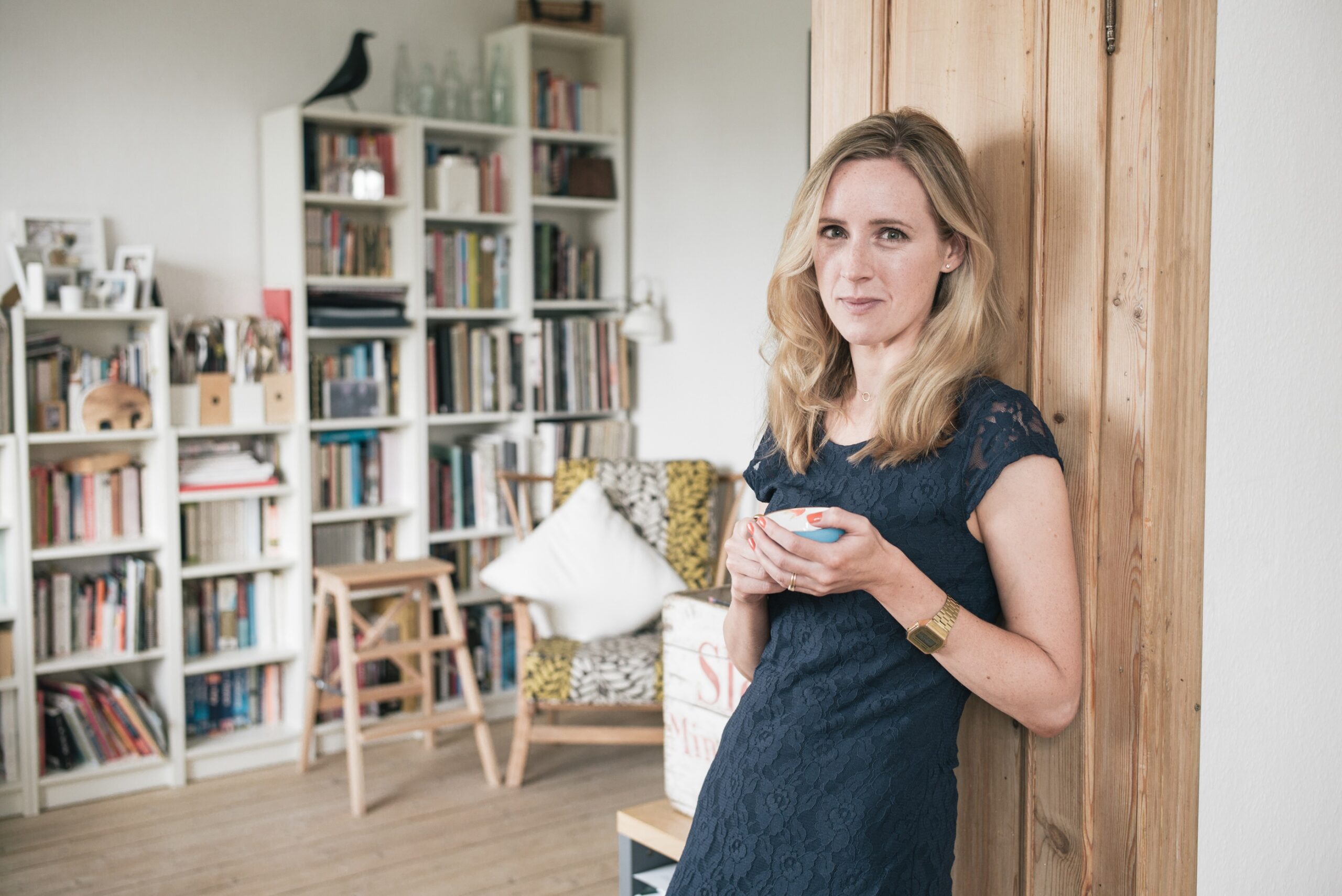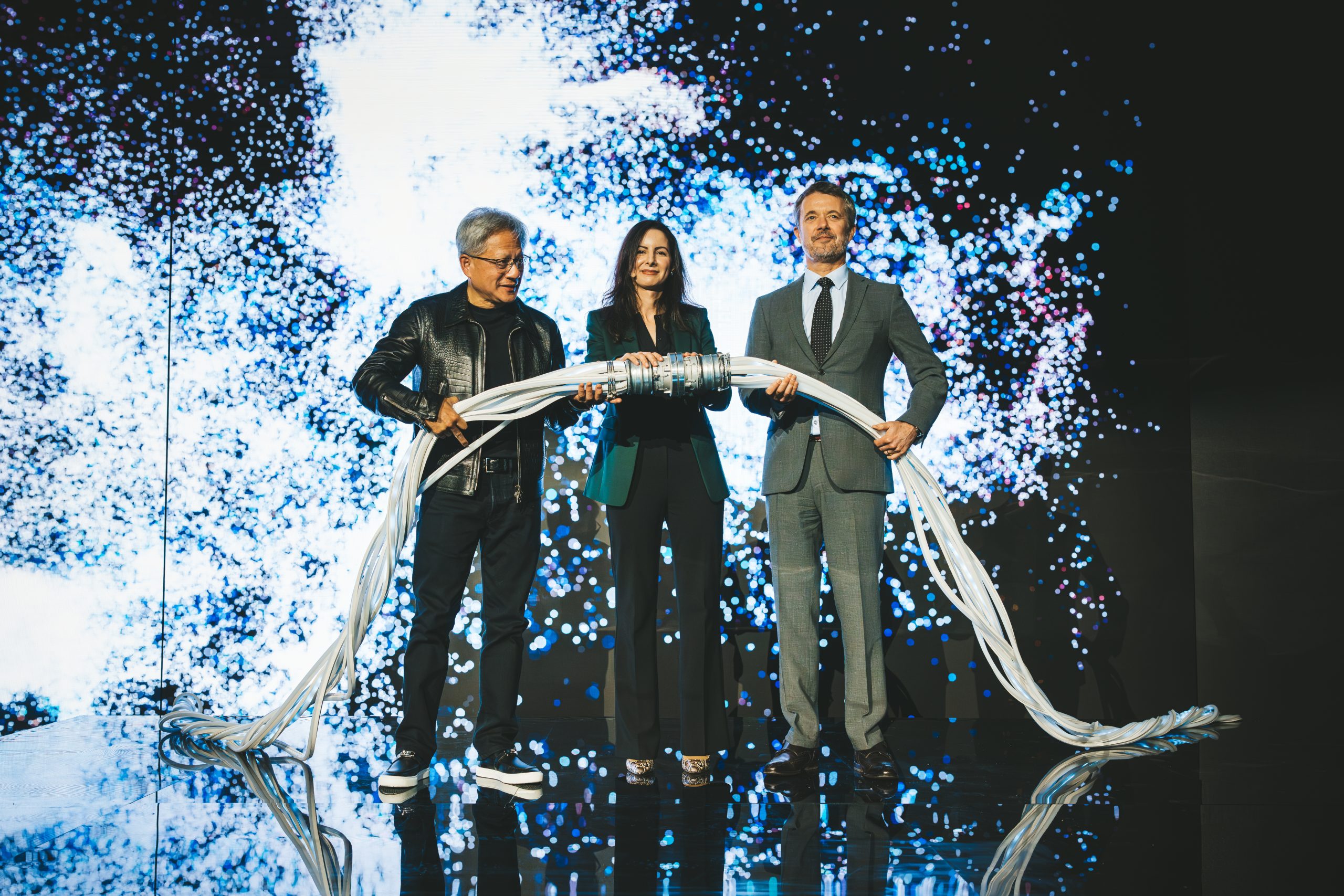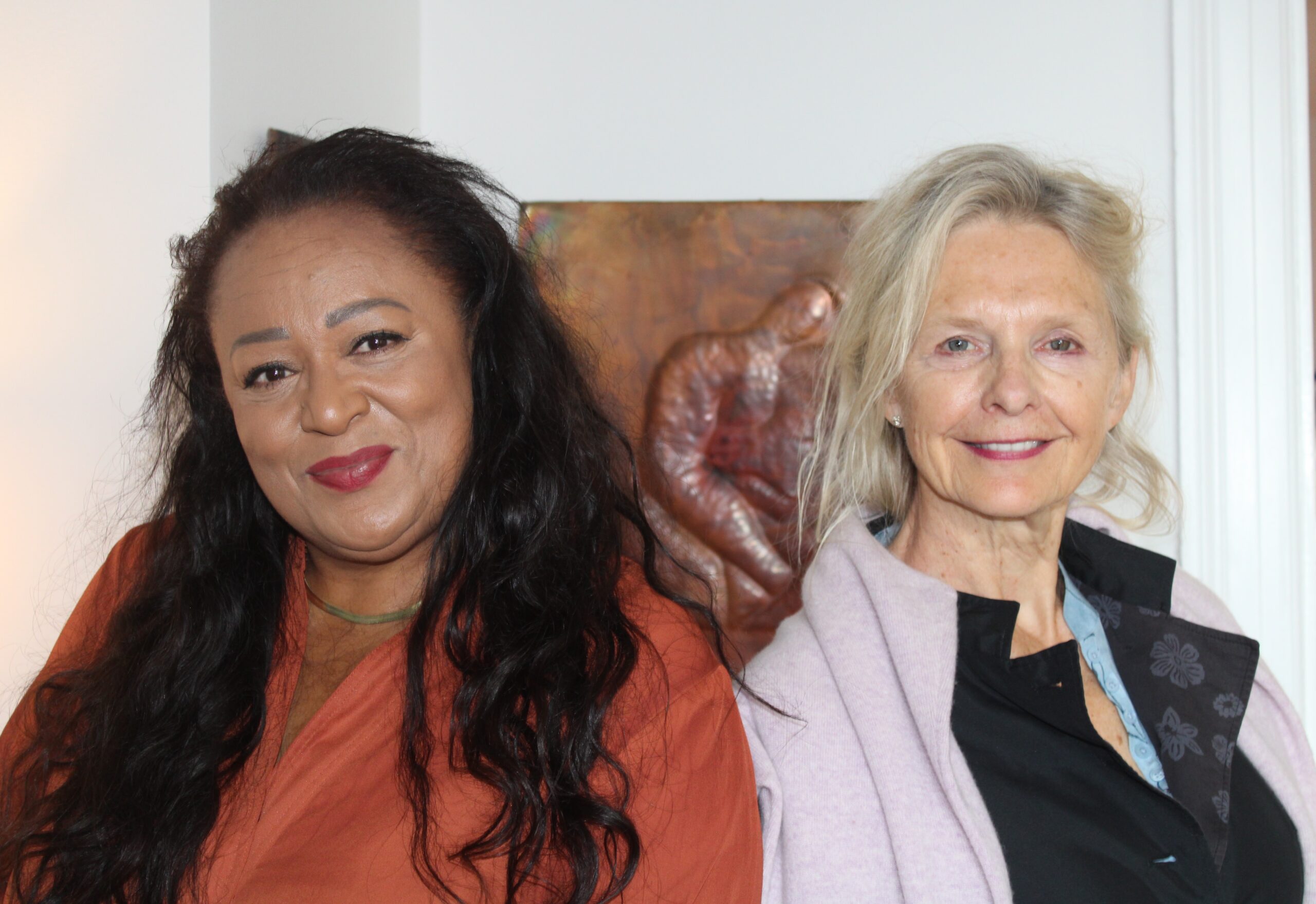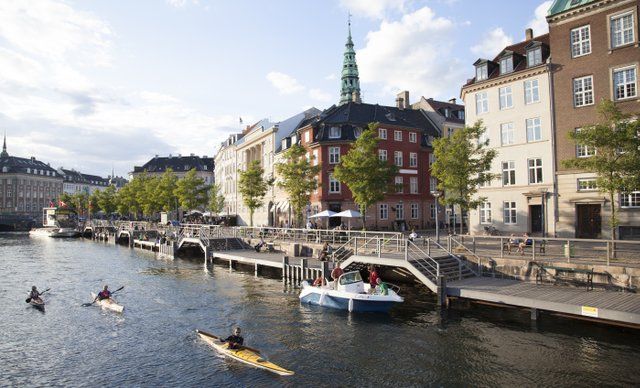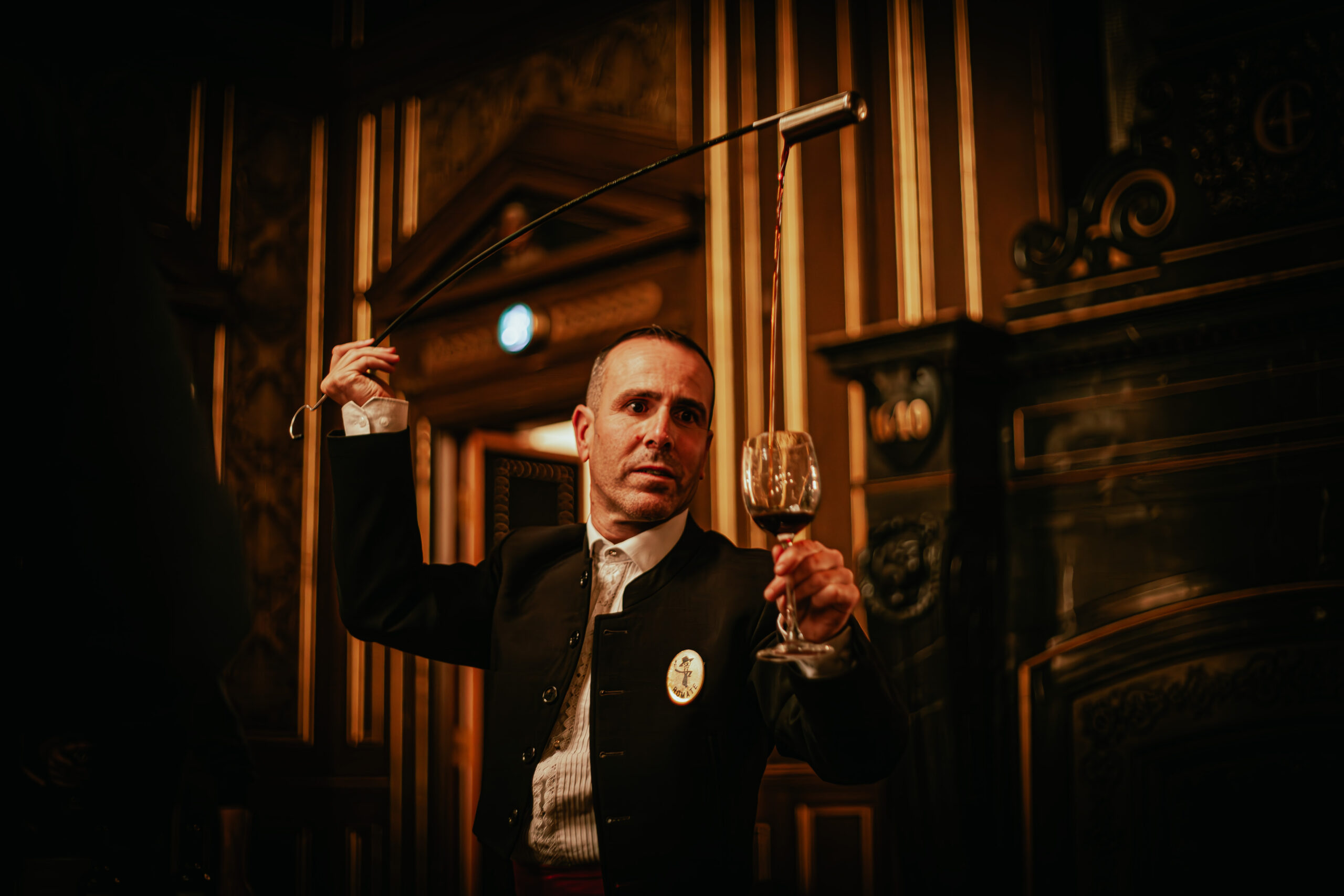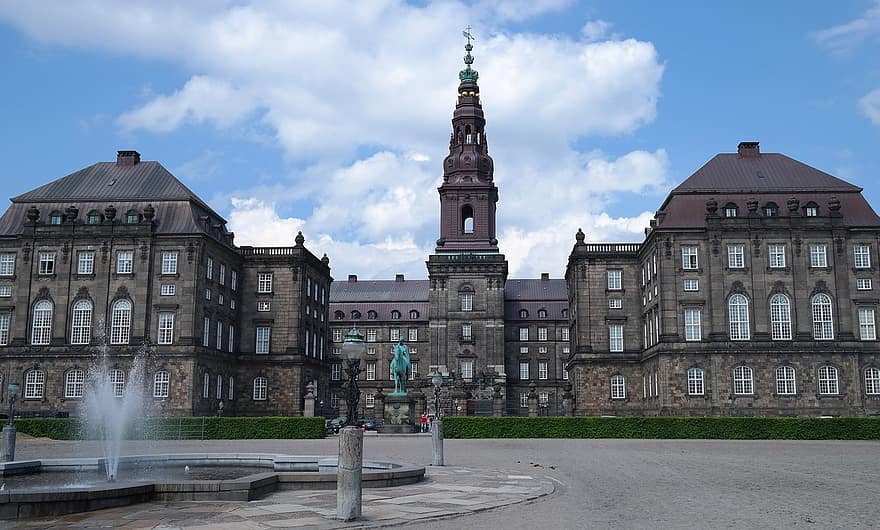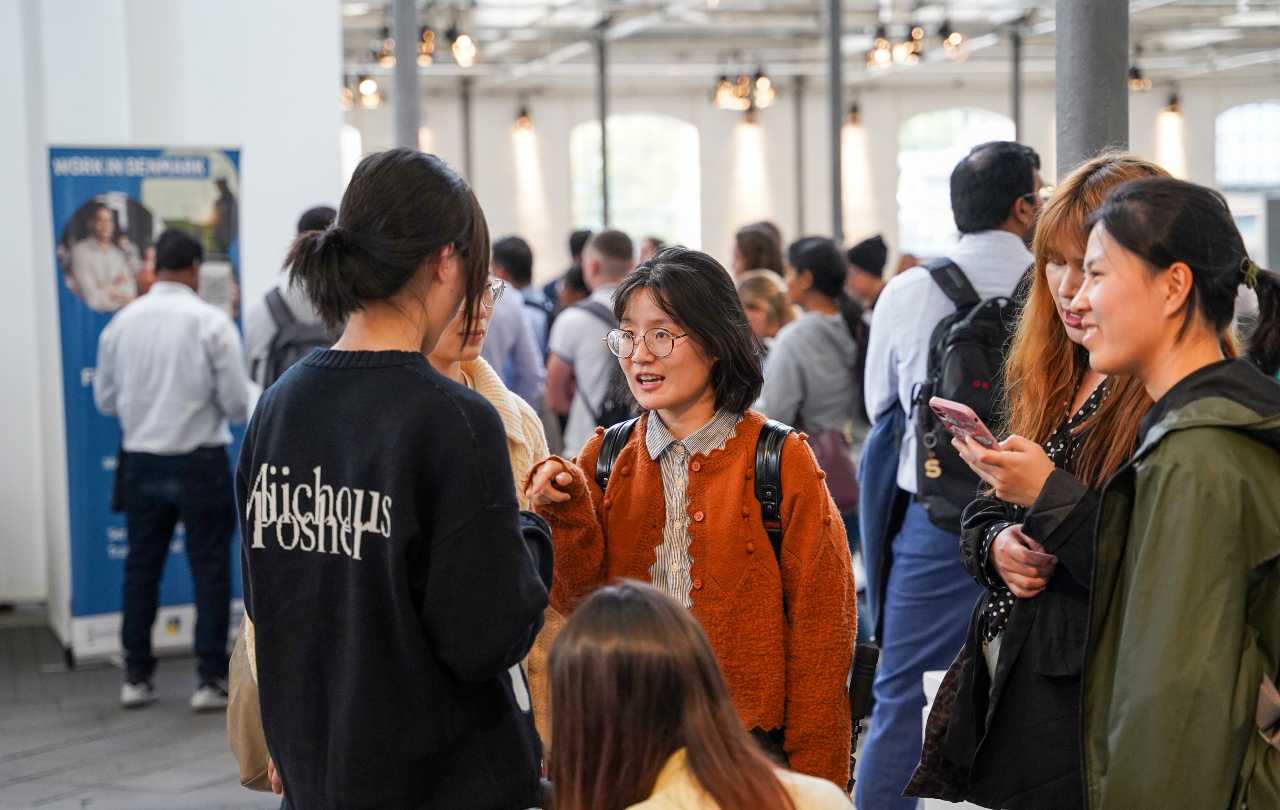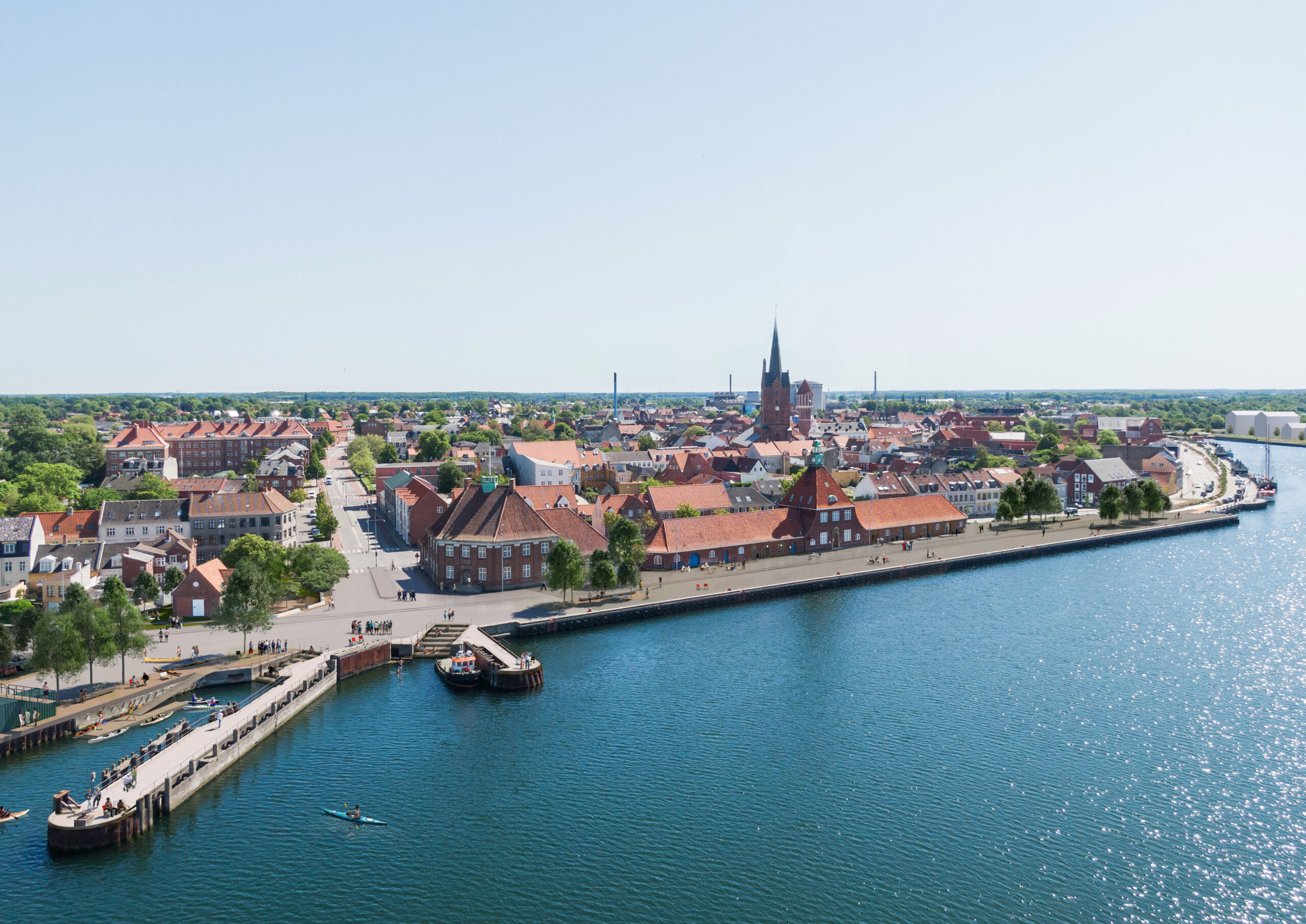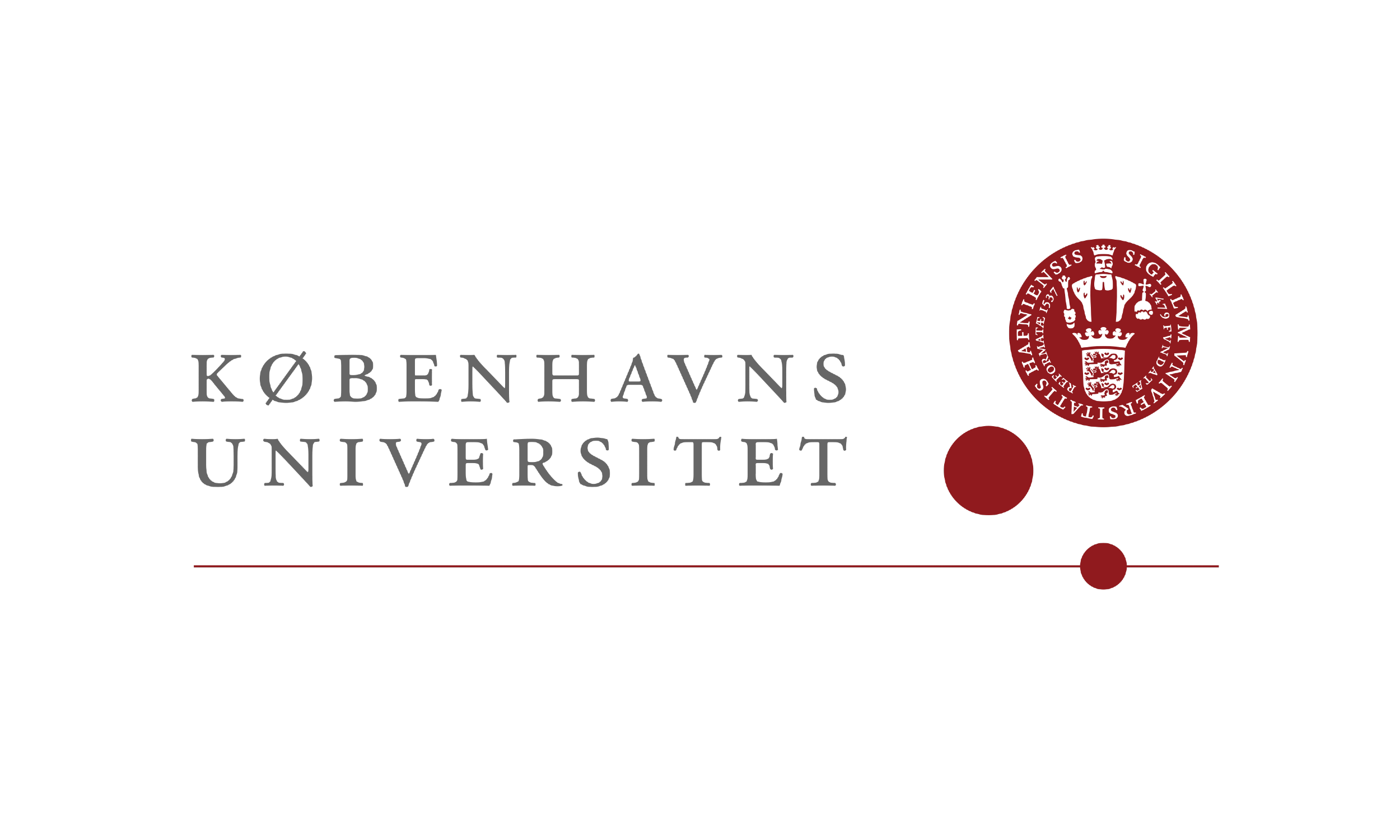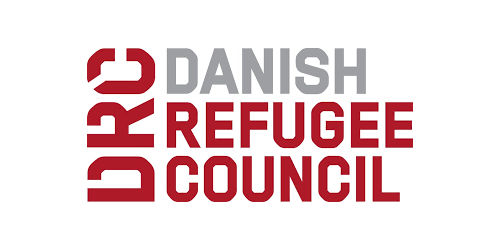Just around the corner from Østerbro lies Nordhavn, a part of the city named after the 19th century harbour that dominates the area. But while the boats continue to dock and set sail, the Nordhavn of today harbours loftier ambitions as a business hub made up of grand ocean-front developments. The most recent of these is the impressive Marmormolen, the site of the brand-new United Nations City.
The UN City already houses six of the seven UN organisations located in Denmark, with the seventh, UNICEF, due to move in early 2014, pending the construction of the last three wings of the building.
The building was a gift from the Danish government to the UN with the goal of economising and centralising the various operations in Denmark. The construction was performed by By og Havn, a joint venture company owned by the government and the City Council.
“Originally the plan was to place the building in Hellerup, where the World Health Organisation (WHO) was located, but then By og Havn suggested this location,” explained Lars Hørmann, the project director who oversaw the construction of the UN City.
“Construction started in 2010, but the idea originated back in 2002.”
The building is organised into eight wings, which are called ‘fingers’. Each finger spreads out from the central area − a large open space with a grand, interesting staircase that seems to defy logic with its many twists and odd turns. It look like a grand piano that has been torn apart by the hands of Salvador Dali.
 The staircase, along with the rest of the building, was designed by award-winning Danish architecture firm 3xN.
The staircase, along with the rest of the building, was designed by award-winning Danish architecture firm 3xN.
“People call it the Harry Potter staircase,” revealed Rosemarie Alonso Christensen, an employee of the WHO and my unofficial tour guide when I visited the office last week.
Our first destination is the canteen, where I join Christensen and her friends for lunch. The canteen is a large open space, with a beautiful view of the ocean. It serves all the organisations located in the complex, which is obvious by the long queues at the cashiers.
“Here is the Filipino mafia,” said Christensen as we come to her table. The mafia are five Filipino women, four of whom work for the WHO, while Jacelyn Mangulad works for UN’s development programme, UNDP. Every day they meet up and have lunch, and every day somebody brings something from home. “Sometimes we all bring something, and then we have a lot of food,” they explain. “Food is very important to Filipinos.”
They all agree that the best part about the new building is that they can all have lunch together, even though Mangulad works for another organisation.
On the next stop of my tour, I’m handed over to Kamran Baig, the common services manager of the UN City.
“Basically I’m responsible for the general running of the city,” he explained.
Baig, a Pakistani who has been with the UN for 14 years, only moved to Denmark four months before the opening of the complex.

“I came to Copenhagen to oversee the move into the UN City. When you have seven organisations, all with specific needs and requirements, then you have many things to navigate.”
Besides the odd obstacle, revealed Baig, the move went very well and the staff seem to be generally happy.
The UN City is arguably the most multi-national workplace in Denmark, with people from all over the world working in the building.
“There are about 900 people employed in the UN City, and if I would have to give you a number, I would say there are about a hundred different nationalities,” contended Baig.
Following our introductory chat, I get led into the pressroom and the grand auditorium, each of which can house over 400 people. Both rooms are fitted with six interpreter booths, each dedicated to one of the six official languages of the UN: Arabic, Chinese, English, French, Russian and Spanish.
The building also offers its employees the use of a gym where it is possible to enjoy a workout while taking in the amazing sea view. There are also prayer rooms dedicated to the numerous religions represented in the building. The plan is also to set up medical services.
Baig is no stranger to office buildings, having worked for the UN all over the world, but he believes the UN City is “one of the best” offices he has worked in.
The UN City is remarkable, not just due to the mind-blowing staircase, but rather because in a building in Nordhavn, a port that for over 100 years has provided a gateway to the rest of the world, people from over 100 countries now come together to work under the same roof.
Factfile | UN City
- Six UN organisations are currently located within the building: WHO, the World Health Orginisation; UNOPS, the central co-ordination office for the UN; UNDP, the UN’s development programme; WFP, the World Food Programme; UNFPA, a fund for the promotion of the right of every person to enjoy a life of health and equal opportunity; and IOM, the International Organisation for Migration.
- UNICEF is set to move into the complex at the beginning of 2014. The building has 28,000 sqm of space spread over seven floors, divided into eight unique wings, called fingers.
- UNDP was the first organisation to move into the building on March 18.

